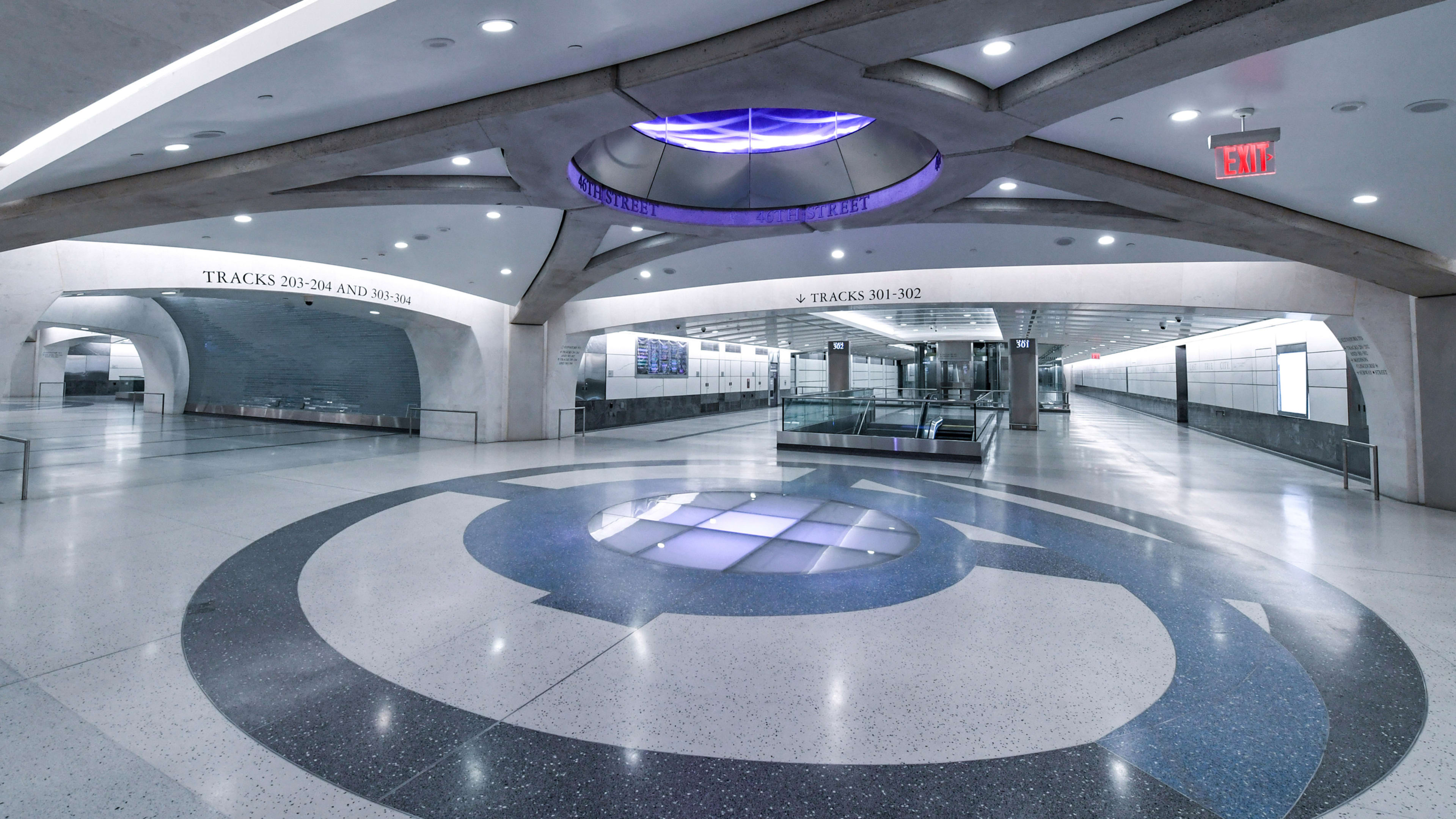It was originally envisioned a half century ago, and at a cost several billion dollars lower, but New York’s $11.1 billion East Side Access project has finally been completed.
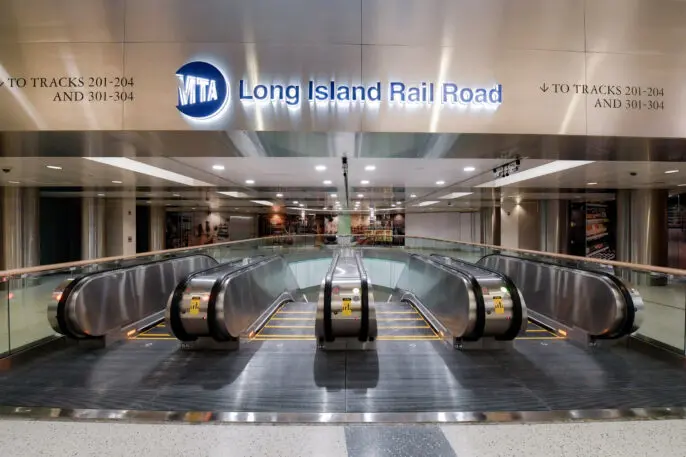
The 3.5-mile tunnel from Queens to Manhattan provides a crucial second terminus for the Long Island Rail Road (LIRR), connecting to a wide range of transit lines and to Grand Central station. (Previously, Penn Station, on Manhattan’s West Side, was the LIRR’s only Midtown-Manhattan terminal, an inconvenience for all those commuters still needing to get to the East Side.) Transporting more than 300,000 passengers daily, the LIRR claims to be the busiest commuter railroad in North America, and it’s estimated that the linkage will reduce commute times by up to 40 minutes for many riders. MTA officials expect 160,000 passengers per day to use the connection to Grand Central.

Those details alone make the project worthwhile from an efficiency perspective. But the project itself was far from efficient. A 2017 investigation by the New York Times found that the LIRR was being built at a cost seven times higher than comparable projects around the world, largely due to antiquated labor requirements that swelled work crews and ballooned budgets.
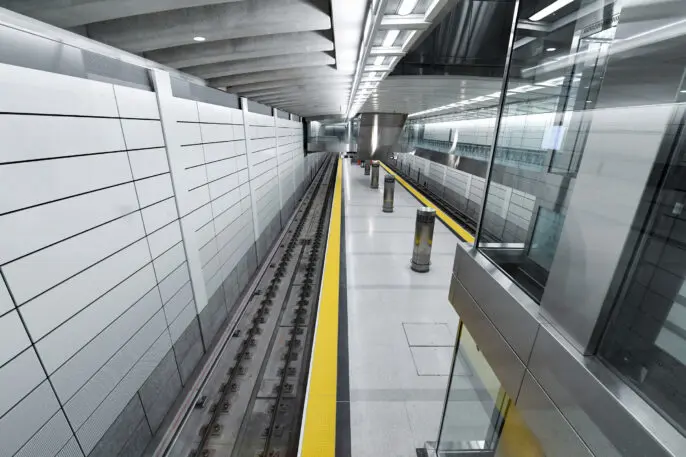
Official preplanning began in 1998 and construction finally started in 2001, with an expected eight-year time line and a $2.1 billion price tag. Now, more than two decades and an extra $9 billion later, the project has had its official ribbon cutting.
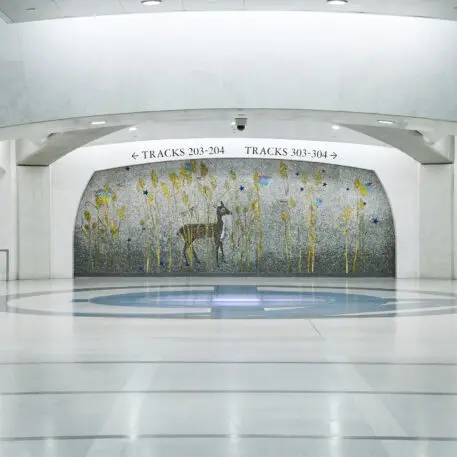
Current Metropolitan Transit Authority (MTA) chair and CEO Janno Lieber has been leading the project since 2017, a full eight years after its anticipated completion. During the opening ceremony, he didn’t mince words about the project’s tortured path. “When I took over as president of MTA C&D, the construction operation at MTA, the project was a hot mess,” said Lieber. “We tore it apart, we put it back together again. We said never again are we going to let the schedule slip. We hired a new team and said, ‘No schedule slippage, get it done.’ And you know what? We delivered.”
Cost overruns and delays are nothing new for American public transit projects. In San Francisco, the $1.9 billion Central Subway project began its planning in the 1980s, and after more than a dozen years of construction, service finally began earlier this year, five years later than expected. And in Boston, the burial of the Central Artery highway, a mega-project known as the Big Dig, dragged on nine years past its original expected completion date, and ended up costing about $12 billion more than anticipated—a figure that rises to nearly $20 billion when interest is taken into account.
Comparing transit projects can be a bit like comparing apples and oranges, given different scopes, transportation modes and local contexts. Even so, the East Side Access project did ultimately spawn a spanking-new terminal for the LIRR, named Grand Central Madison, located right beneath the landmark Grand Central Terminal station. Its long concourse offers convenient connections to subway lines, food courts, and, at its far end, Moynihan Train Hall (the City’s new Amtrak station). Nonetheless, the East Side Access project has a reasonable claim to the title of most drawn-out transit project in the U.S.
Acknowledging the many benefits and transit advances of the new terminal does not excuse or gloss over the project’s troubled history. The gleaming new station, which features public art projects by Yayoi Kusama and Kiki Smith, should also provide a learning moment. It could serve as a huge, shiny warning of both wildly expensive construction and missed completion dates for transit planners of the future.
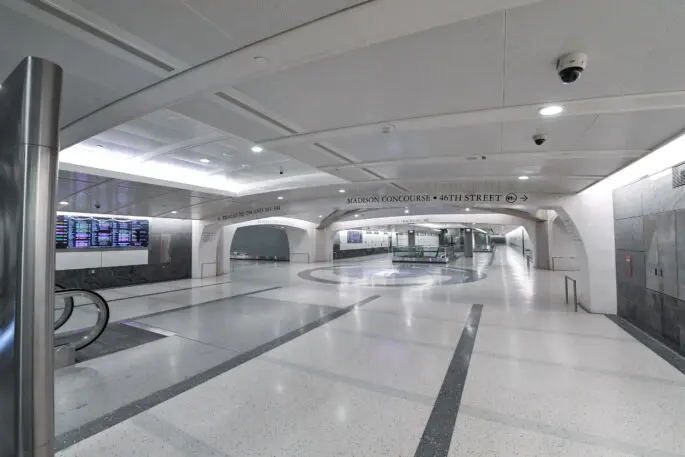
Ironically, even though the project has been officially inaugurated, with honorary golden tickets issued to the first train’s riders, service isn’t actually starting for another three weeks. “I’m going to call that a grace period,” Lieber said at the opening ceremony. Whatever you want to call it, it’s just part of the delay-ridden process of building public-transit infrastructure in the U.S.
Recognize your brand’s excellence by applying to this year’s Brands That Matter Awards before the early-rate deadline, May 3.
